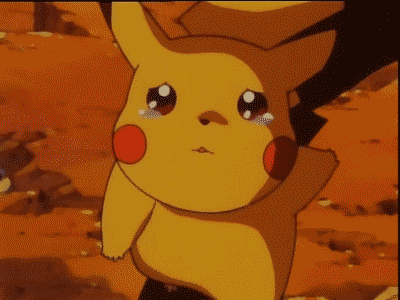Pokenese is another language.
Indeed. Watch, for people who know about Pokemon, the following passage will actually make sense.
Dedicated stallbreaker strategies such as Tyraniboah had their heyday in generation 3, which was when stall teams were most common (usually with the SkarmBliss core, and often with other tanks such as Curselax and Swampert). Tyraniboah forgoes the usual direct physical attacking strategy and instead focuses on special attacks, such as Crunch and Thunderbolt, coupled with a fighting move such as Focus Punch. It's worth remembering that, back in generation 3, before the physical-special split, Crunch was powered by the pokemon's special attack stat, given its dark type. But that meant it was working off Tyranitar's base 95 special attack, rather than its base 134 attack stat, and thus significant EV investment had to be done to ensure Crunch could actually do any damage. However, the surprise factor usually meant Tyraniboah could rip stall teams apart, Thunderbolting opposing Skarmory and Suicune, while Focus Punching Blissey and enemy Tyranitar.
Ironically though, Tyranitar is itself an intrinsic part of stall strategies, particularly since its Sand Stream ability fits well with the Toxic/Sandstorm/Spikes tactic, commonly known as TSS. TSS uses the sandstorm and Toxic to rack up damage every round to the opponent, while also shuffling them around by using bulky phazers such as Skarmory and Suicune, with Whirlwind and Roar respectively. By forcing the opponent to take entry hazard damage constantly, it became easy to damage opposing Pokemon enough to get your own sweeper into play. Appropriately enough, Tyranitar could also serve this role, especially with a Dragon Dancing set, which could mitigate its speed problems while further boosting its already sky-high attack.



